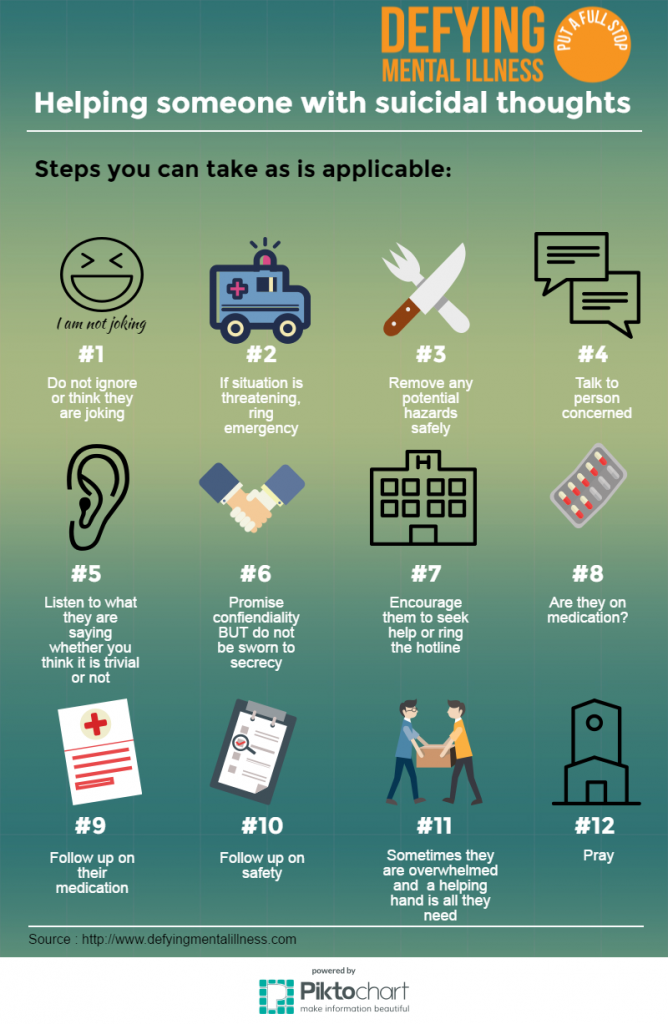What Is Equine Therapy
What Is Equine Therapy
Blog Article
What Types of Treatment For PTSD Are Available?
Therapy for PTSD helps you find out to handle your signs and regain control of your life. It can entail oral medications or chat therapies. Psychotherapy, or talk treatment, is one of the most common therapy for PTSD. It can take place individually or in a group setup.
Symptoms of PTSD can range from being conveniently startled to staying clear of tasks and people. These signs and symptoms can likewise influence relative and kids.
Cognitive behavior modification (CBT).
CBT focuses on changing adverse patterns of assuming and habits that may be causing PTSD signs and symptoms. This treatment is usually short-term and client-centered, with the specialist and client developing therapy goals with each other. CBT has been shown to lower PTSD signs in several professional tests using clinician-administered and self-report actions of PTSD. These outcomes are mediated largely by modifications in maladaptive cognitive distortions, with some studies reporting physical, functional neuroimaging, and electroencephalographic adjustments correlating with feedback to CBT.
TF-CBT utilizes psychoeducation and imaginal exposure to show clients just how to much better manage feelings and handle their traumas. This treatment has additionally been shown to boost PTSD signs in youngsters and teenagers.
Eye activity desensitization and reprocessing (EMDR).
EMDR is an evidence-based treatment that works by aiding people process injury using flexible information processing. It can be made use of by itself or with various other treatments. It has been revealed to be effective in dealing with PTSD. EMDR is extensively utilized around the world.
It starts with history-taking and a collaborative therapy strategy. Throughout this stage, you will certainly speak about the factor you are looking for treatment and identify traumatic memories you want to focus on. The therapist will also educate you techniques to handle any kind of tough or upsetting emotions that may occur during a session.
During the recycling phase, you will certainly recall a traumatic memory while taking note of a back-and-forth motion or noise (like your supplier's hand crossing your face) up until the unfavorable pictures, ideas, and feelings associated with it begin to diminish.
Somatic experiencing.
A therapist who specializes in this approach will help you become aware of the physical feelings that accompany your PTSD signs. They'll likewise educate you just how to determine your autonomic nervous system and its function in the trauma feedback.
Unlike other trauma therapies, somatic experiencing doesn't focus on memories or emotions. Instead, therapists function to launch the stress from your body and ease your signs.
This treatment has actually been located efficient in a number of randomized controlled tests. Nonetheless, the results from these studies are limited by tiny example sizes and other methodological shortages. These imperfections restrict the outside credibility of these findings.
Present-centered therapy.
Present-centered therapy (PCT) is a non-trauma focused psychotherapy that intends to enhance people' relationships, instill hope and optimism, and promote problem-solving. While PCT lacks direct exposure and cognitive restructuring techniques of trauma-focused treatments, it has actually been shown to psychiatric evaluation be as effective in lowering PTSD signs as trauma-focused CBTs.
In a series of eleven research studies, PCT was contrasted to a delay list or minimal get in touch with control condition and to TF-CBT. PCT transcended to the WL/MA conditions in reducing self-reported PTSD signs and symptoms at post-treatment, and it was related to decreased therapy failure rates. Nonetheless, the result size was not large sufficient to be scientifically purposeful.
Meditation.
Reflection assists individuals soothe their nerves and practice self-care. This therapy focuses on the physical sensation of breathing, and individuals might get distracted by thoughts or feelings, however it is very important to return their focus to the breath over and over.
PTSD affects not just those that have actually directly experienced the trauma, yet additionally witnesses and those that deal with emergency responders or police. Signs of PTSD can include intrusive, disturbing memories, flashbacks or nightmares, and trouble concentrating or sleeping.
Avoiding excruciating memories and sensations is a common response to injury, but it just makes signs worse. It's important to look for treatment before PTSD hinders your life and connections.
Dual medical diagnosis treatment.
Signs and symptoms of co-occurring PTSD and compound use problem (SUD) are typically linked and both need to be dealt with in recovery. Individuals who experience PTSD can be more probable to turn to alcohol or drugs to self-medicate and momentarily minimize intrusive ideas, flashbacks and unfavorable state of mind swings.
PTSD signs and symptoms include recurring and uncontrolled distressing memories or dreams, vivid and dissociative responses that seem like reliving the occasion, avoiding locations, individuals, discussions, or things connected with the injury, feelings of hypervigilance and being constantly on guard or conveniently startled, and feelings of emotional feeling numb.
Dual medical diagnosis therapy involves therapy and discovering much healthier coping devices. It might also involve pharmacotherapy, such as antidepressants or mood stabilizers.